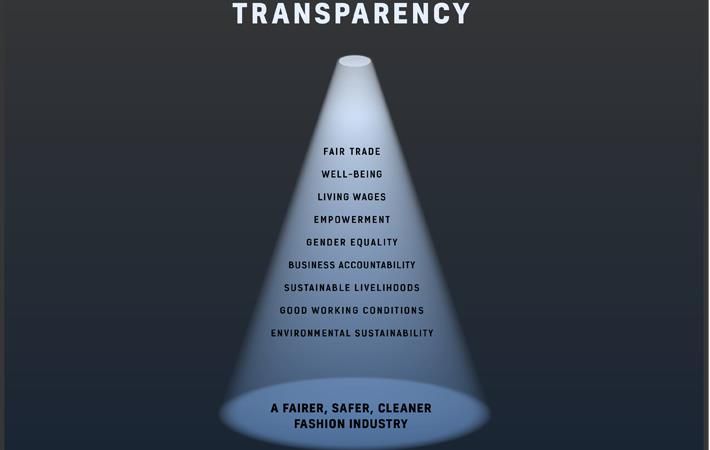Transparency helps in swiftly alerting brands

Transparency can also help to protect brand reputation by enabling the company to more swiftly take action if any unauthorised facilities are being used to make its products, Somers said in a conversation with Subir Ghosh.
It is now five years since the Fashion Revolution movement was launched. Explaining why the movement is still needed, Somers says, “In the 2018 Fashion Transparency Index published today (April 23) which ranks 150 of the biggest fashion brands and retailers according to how much they disclose about their social and environmental policies, practices and impact, 12 brands scored zero per cent and 48 brands and retailers (32 per cent) are scoring in the bottom 0–10 per cent range. This shows that many brands and retailers are still lagging far behind, disclosing very little about their social and environmental practices.”
On the other hand, there are a few brands and retailers who are going above and beyond the requirements of the Transparency Pledge. Four brands include an email address or phone number for each ‘tier one’ supplier; these include Converse, Jordan, Nike (all owned by Nike, Inc.) and Lindex. Three brands—Converse, Jordan, Nike (all owned by Nike, Inc)—include the percentage of foreign and migrant workers in each supplier.
Although not covered within the scoring of Fashion Transparency Index methodology, Marks & Spencer is the only brand/retailer that includes whether each facility on its ‘tier one’ supplier list has a trade union or workers committee.
Likewise, only one brand is publishing where they source raw materials. Ninety per cent of the fibres produced for ASOS products come from major suppliers Lenzing and Aditya Birla with a very small amount sourced from Shangdong Yemi and Nanjing Chemicals. Last year, no brands or retailers were disclosing the source of raw materials.
Click here to read complete interview of Carry Somers
Fibre2Fashion News Desk – India
































-Ltd..jpg?tr=w-120,h-60,c-at_max,cm-pad_resize,bg-ffffff)





.jpg?tr=w-120,h-60,c-at_max,cm-pad_resize,bg-ffffff)
.jpg?tr=w-120,h-60,c-at_max,cm-pad_resize,bg-ffffff)






